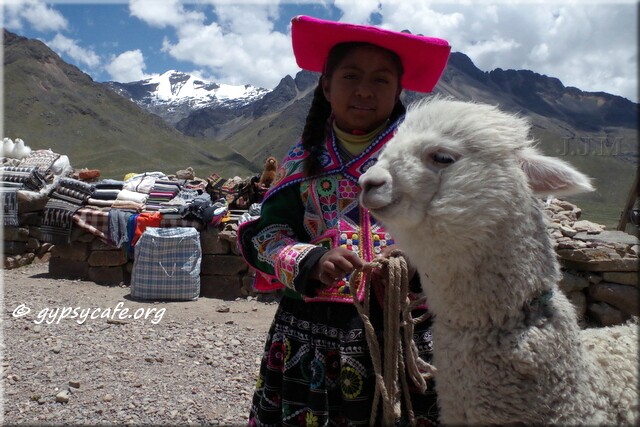
Peru planning: I patched together an itinerary by working out a route which would connect the main places I was going to visit (Arequipa & Colca Canyon, Puno & Lake Titicaca, Cusco & Inca Trail) with coach journeys in-between, which would include stopping at various points of interest along the way. That meant that every 3 or 4 days I would be relaxing on luxury coaches, allowing for recovery time and alternative viewing opportunities from the intensive sightseeing trips and excursions I would be doing in and around the main attractions.
Most of the photographs below were taken during these journeys, except for the Colca Canyon photos, which were taken in a very tranquil atmosphere on the 1st of January – but the hike itself was demanding and a good opening activity to my time in Peru. The last photograph in this selection was taken in Arequipa. It’s always difficult to decide which shots to include, but these were the personal highlights for me.
Thank you for following my Peruvian posts over the weeks – this is the last one in the batch.
– Jean-Jacques
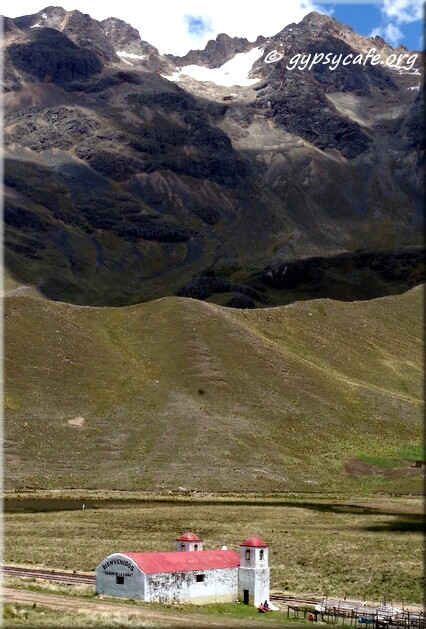
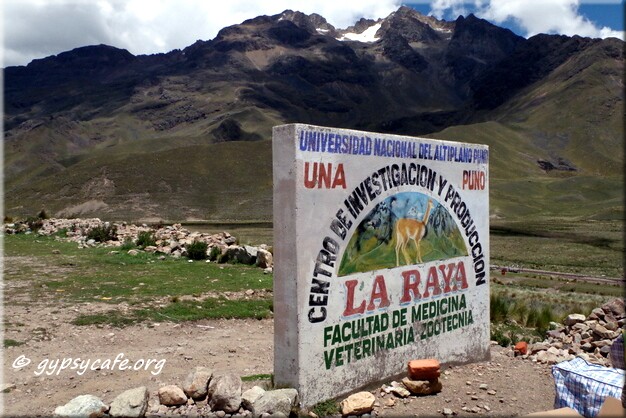
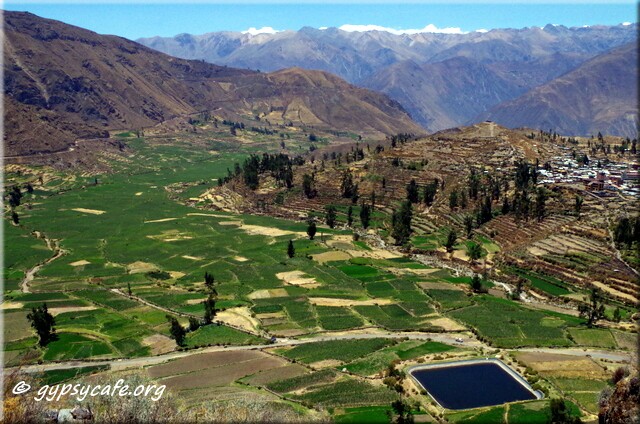
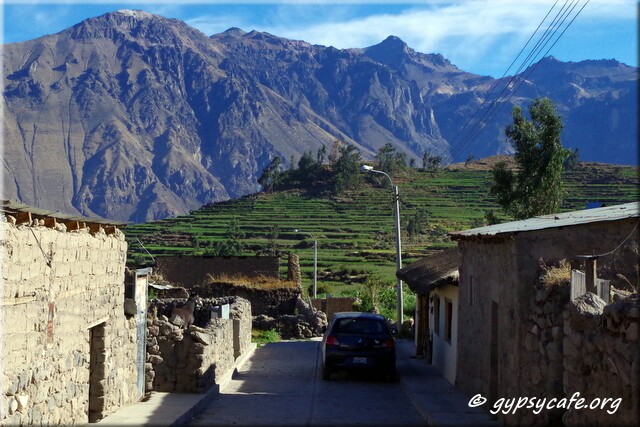
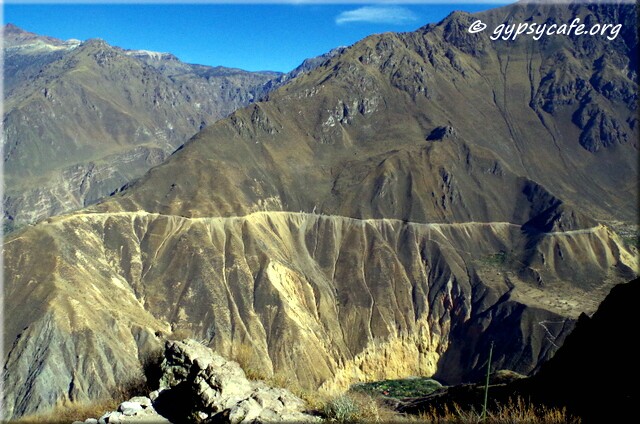
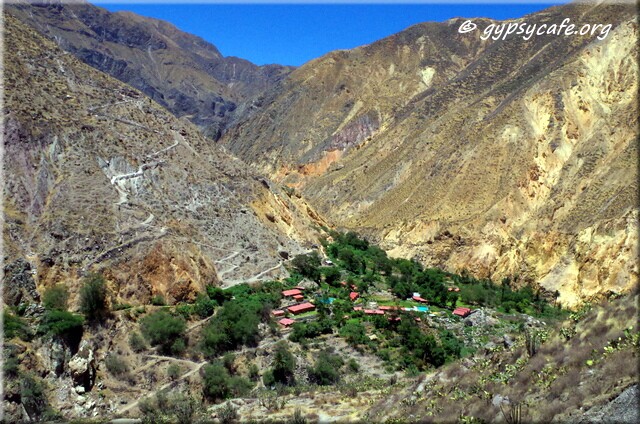

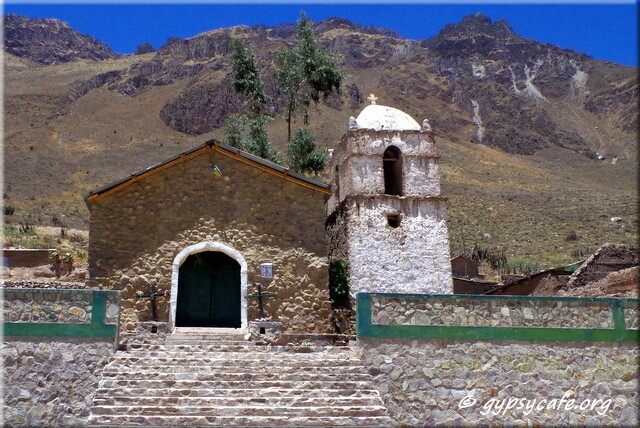
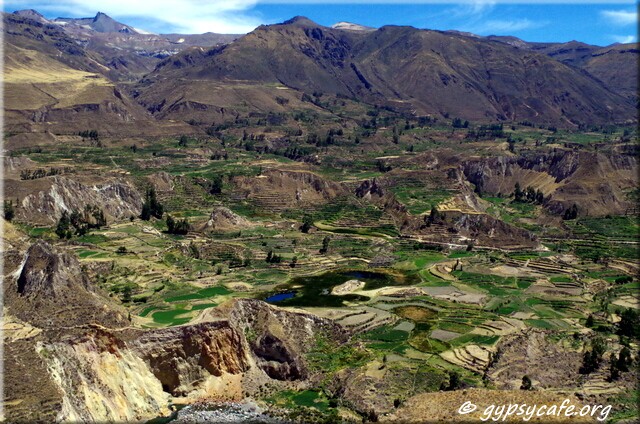
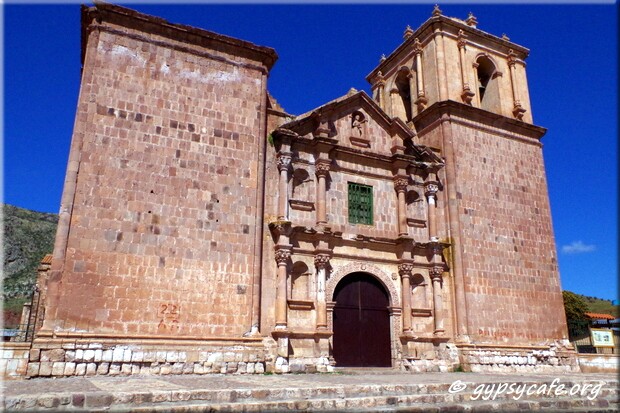
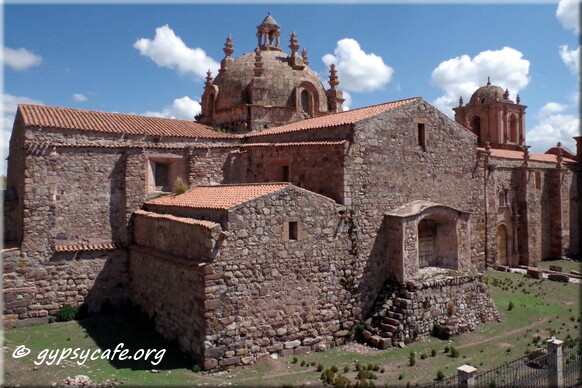
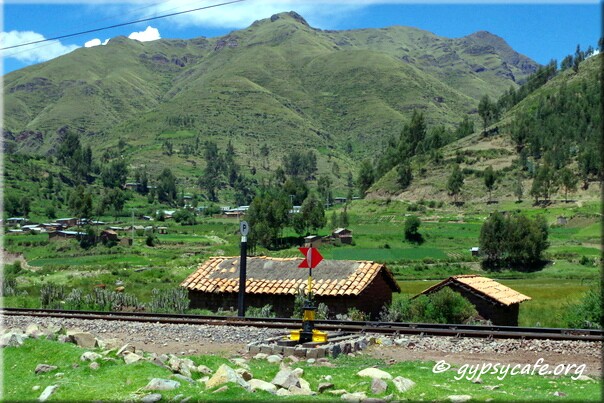
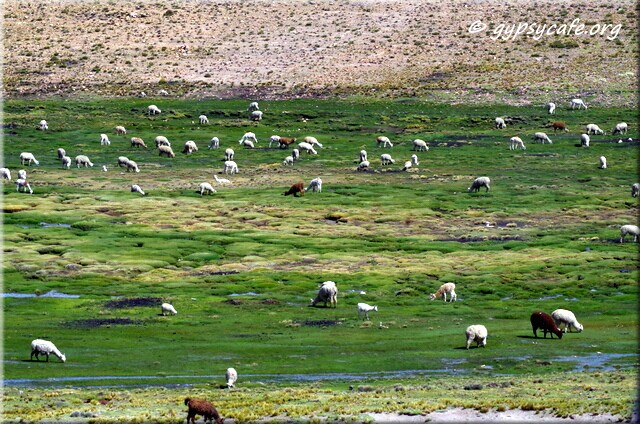
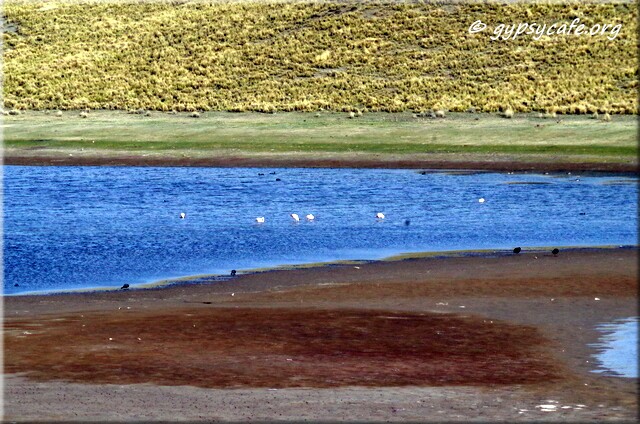
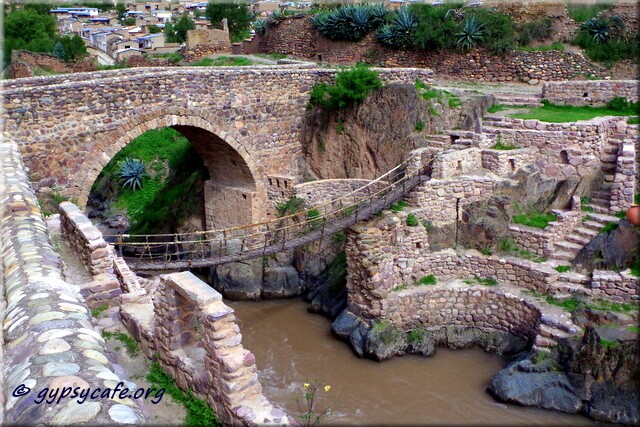
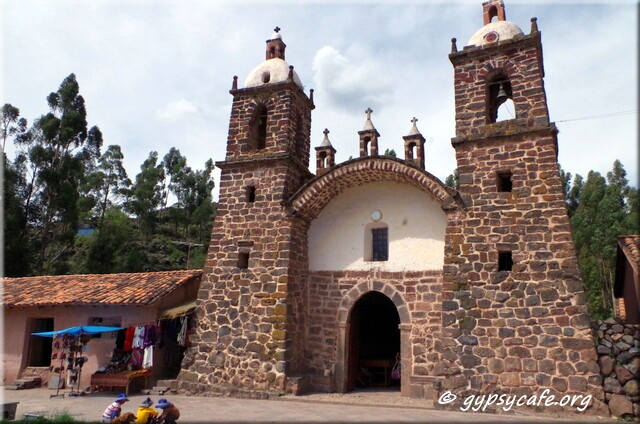

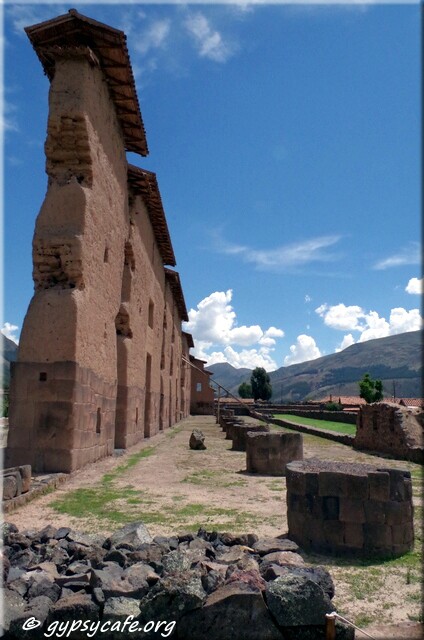
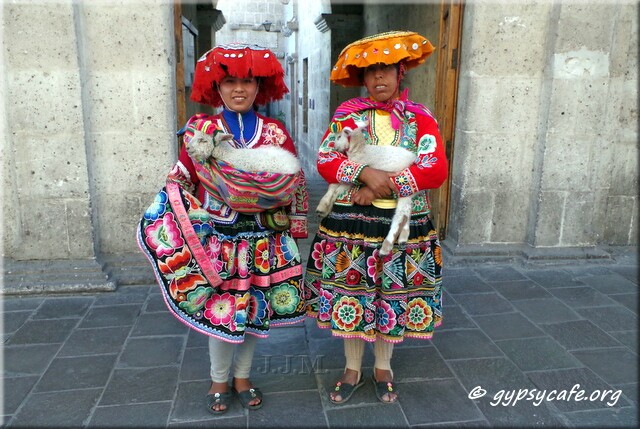
Visiting Peru
Photography by Jean-Jacques M
Copyright © 2016 – All Rights Reserved – Gypsy Café
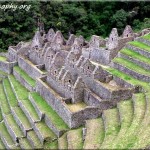
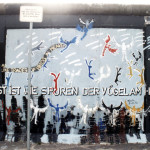
4 Comments
Awesome photos. I love to see the photos of the people in traditional dress. I’m amazed at the dome work done on the church at the oasis(?) and love the stone architecture at Stone bridge & hang bridge – Checacupe. It makes me wish I could see it as it once was with people bustling there. I’m also amazed at the climb out of there??? Is that right – that zig-zag trail up the mountain? All beautiful. Thank you! in lak’ech
Thanks for commenting, Debra. That little church is actually in Coshinirwa, one of the small villages along the trail on the other side of Colca Canyon. It looked truly ancient and I also thought it interesting for not having any windows.
The great think about Peru is that life in much (if not most) of the countryside is still very traditionally lived – so, when there are no tourists around, it is still traditional people, in traditional dress living their lives mostly traditionally.
The zig-zag trail was the route I had to take out of the canyon after arriving at the oasis – it was very steep – had to be done 20 steps at a time in parts. It was a very hot that day, probably 30+ Celsius, but in the canyon it felt like more like 40+ as I was going up during midday… so it was a bit of a challenge 🙂
Traditional Peruvian people tend to shy away from photographs and one should ask before taking, but some, like the ones in the photographs often pose for tourists, so it’s easier and less intrusive to take their pictures.
(I was surprised to find that the majority of countryside people wear traditional dress in Peru and on the islands virtually all of them do – amazing and very encouraging that they have been able to hold on to their traditions all this time.)
Remarkable. I’ve always been fascinated by Colca Canyon since I first learned about it in the documentary “Walking the Amazon.” Isn’t it one of the deepest canyons in the world?
Hello Josh, yes it is. It is meant to be deeper than the Grand Canyon – Colca Canyon is awe inspiring and not to be underestimated. Even in real life it is easy to misjudge the depth and the steepness. It took me a total of 10 hours to descend and ascend.